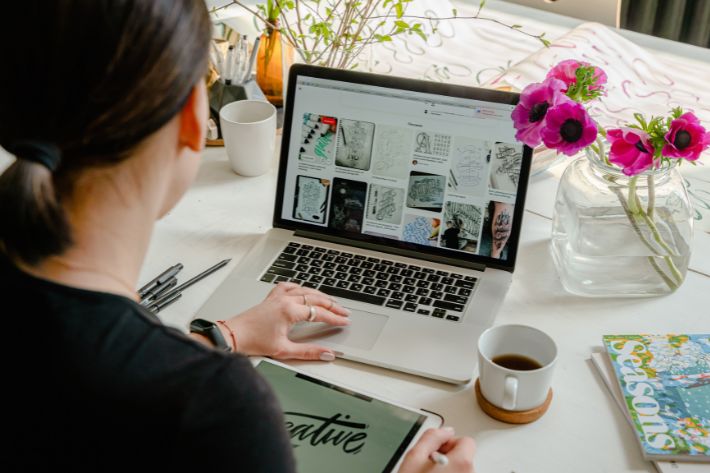Artificial intelligence (AI) is rapidly transforming the way we live and work, and creative fields are no exception. One of the most exciting developments in AI is generative AI, which is changing the way we think about creativity and the role of the artist. In this article, we will explore how generative AI is changing creative work, from music composition to visual arts, and how it is impacting the art world.
What is Generative AI
Generative AI refers to the use of machine learning algorithms to create new content autonomously. These algorithms use large datasets to learn patterns and generate new content that is similar in style or structure. Unlike traditional AI, which is programmed to follow specific rules, generative AI is capable of creating new and original content that is unique and unpredictable.
The Role of Generative AI in Music Composition
Generative AI is revolutionizing the way music is composed, from pop songs to symphonies. By analyzing thousands of musical compositions, generative AI algorithms can learn the rules of music theory and create new compositions that adhere to those rules. The result is music that is both familiar and new, and often surprising.
Generative AI is also being used to create music in real-time, with algorithms analyzing the mood and atmosphere of a live event and generating music that complements it. This has the potential to transform the way we experience music, making concerts and events even more immersive and interactive.
Generative AI in Visual Arts
Generative AI is also transforming the visual arts, from painting to sculpture. Artists can now use generative AI algorithms to create new and unique works of art that are inspired by existing works or patterns. This has the potential to democratize the art world, making it easier for emerging artists to create original works without the need for extensive training or resources.
Generative AI is also being used to create immersive art experiences, such as virtual reality installations. By creating generative AI algorithms that respond to user input, artists can create interactive experiences that change and evolve in real-time, depending on the user’s actions.
The Impact of Generative AI on the Art World
Generative AI is already having a significant impact on the art world, from the creation of new works of art to the democratization of the creative process. However, it also raises important questions about the role of the artist and the nature of creativity.
Some argue that generative AI undermines the role of the artist, reducing creativity to a set of rules that can be learned by a machine. Others argue that generative AI expands the possibilities of creativity, enabling artists to explore new styles and techniques that were previously impossible.
Conclusion
Generative AI is changing the way we think about creativity and the role of the artist in the creative process. By enabling machines to create new and original content autonomously, generative AI has the potential to revolutionize the arts and democratize the creative process. While there are important questions about the role of the artist in this new era of generative AI, there is no doubt that it is an exciting time to be a part of the creative world.
